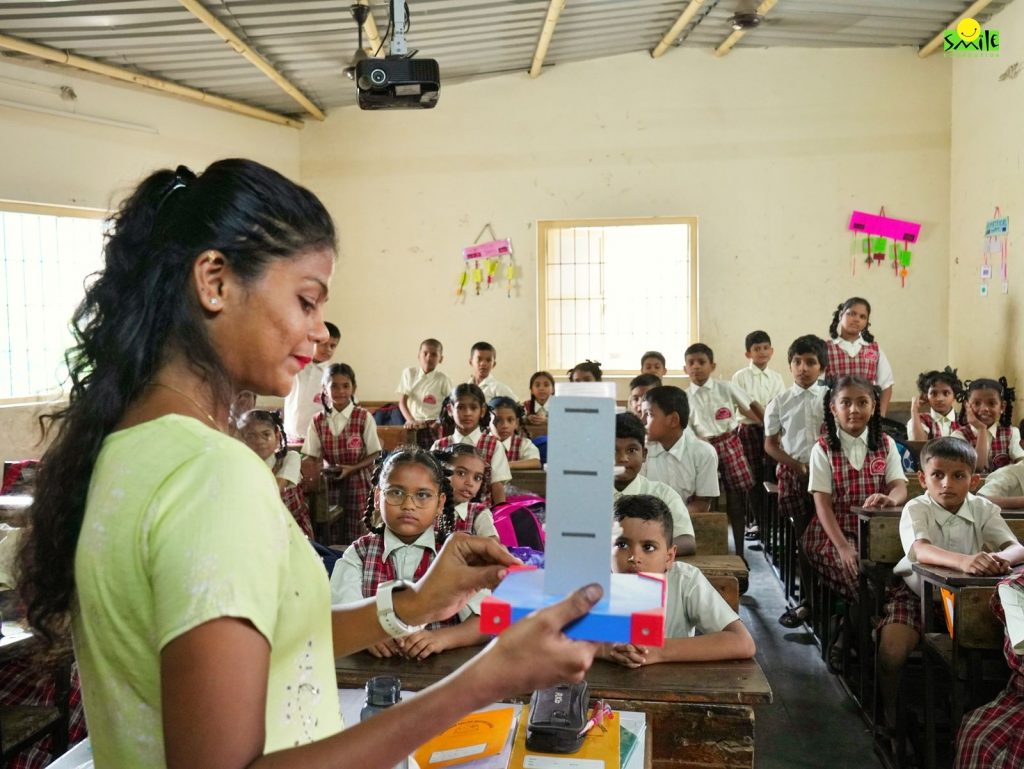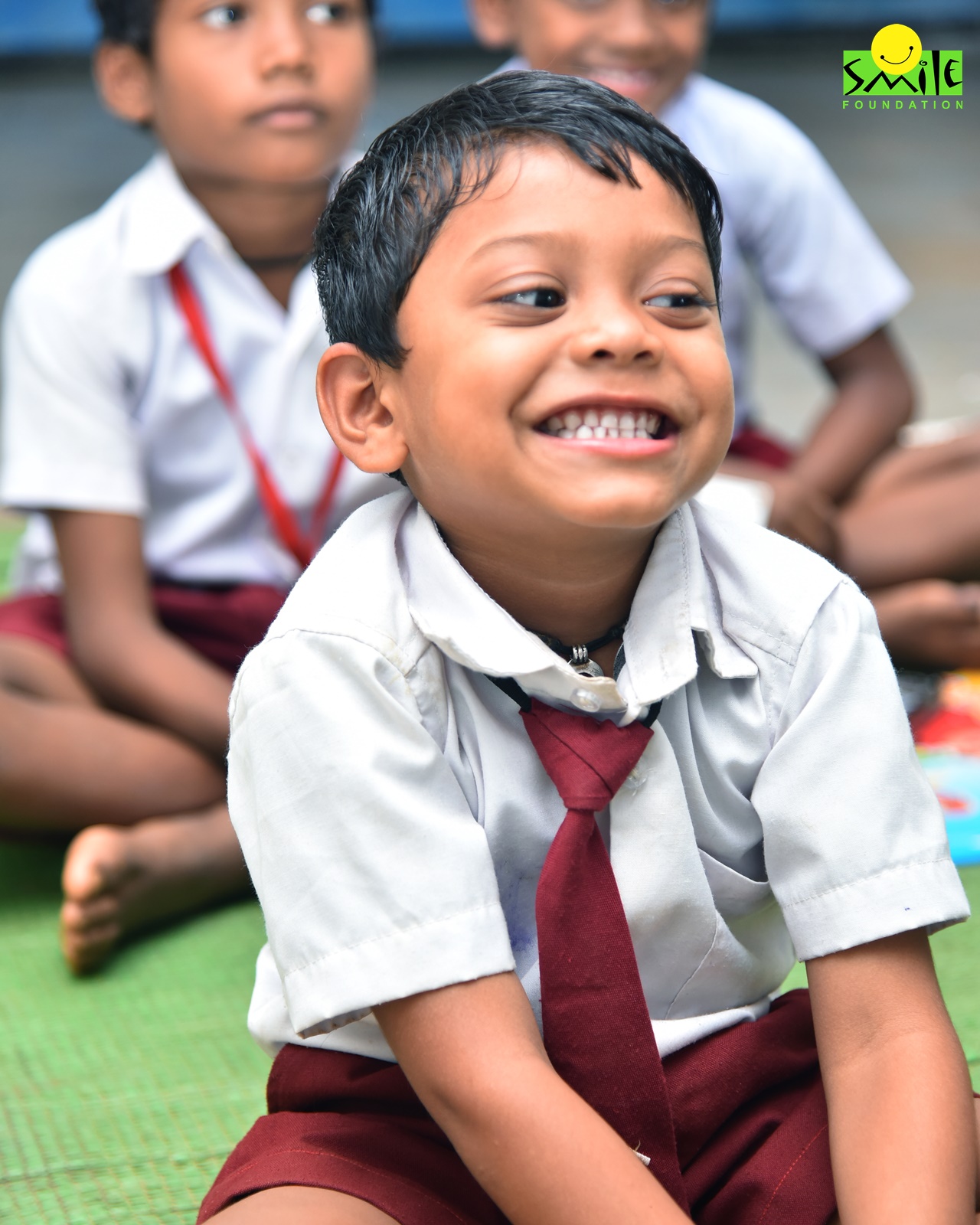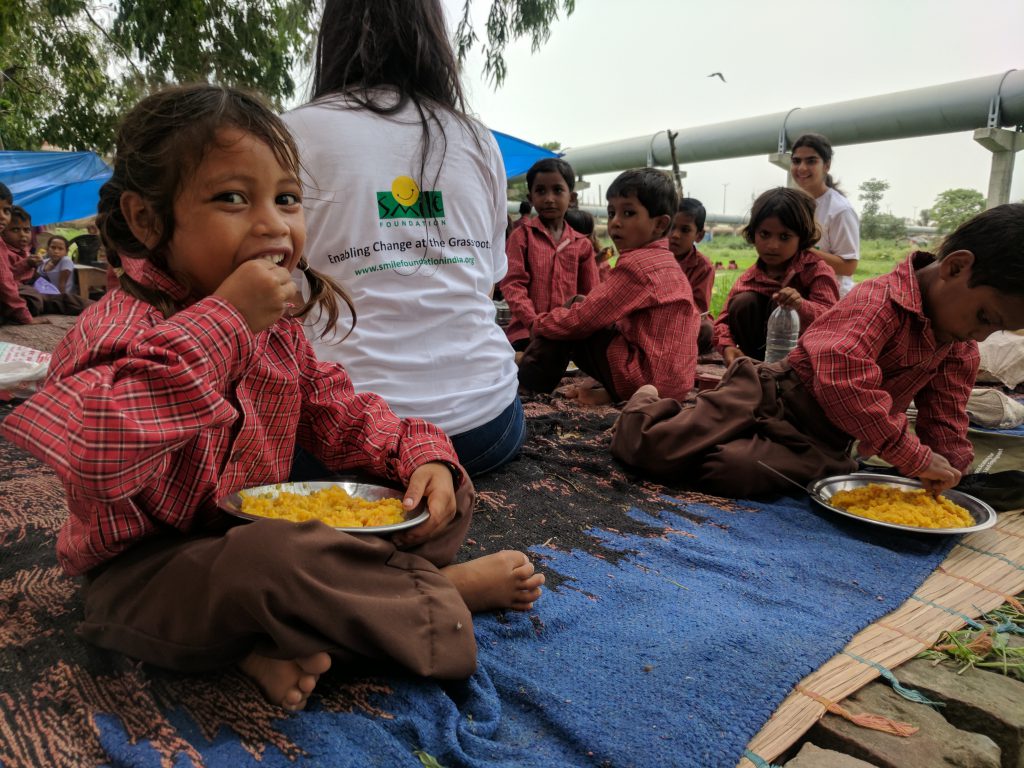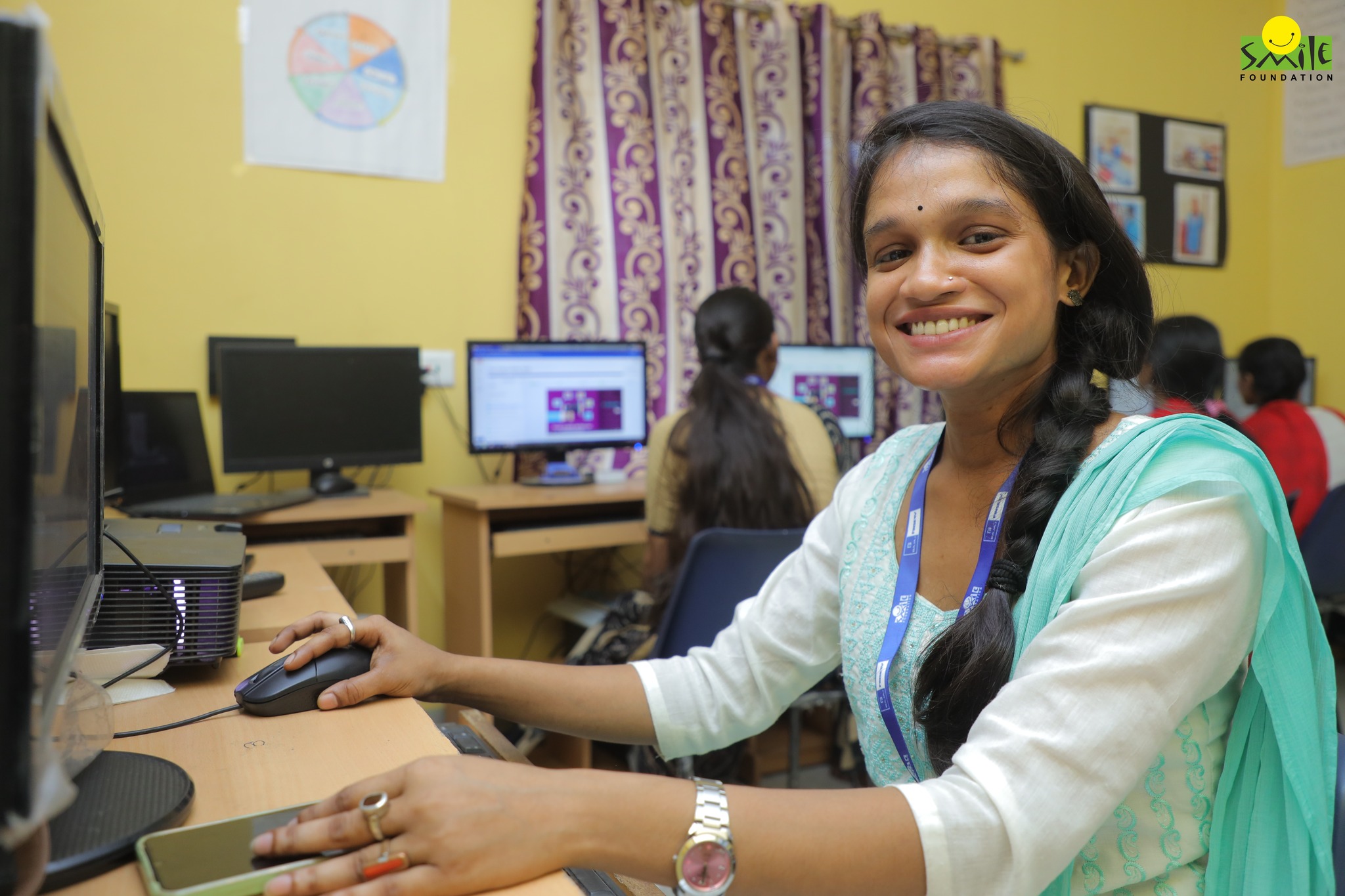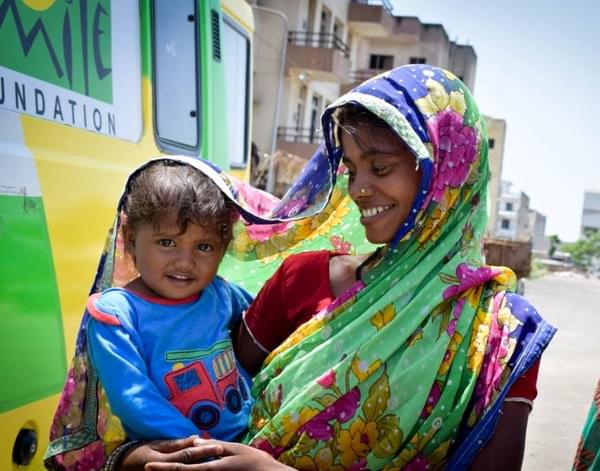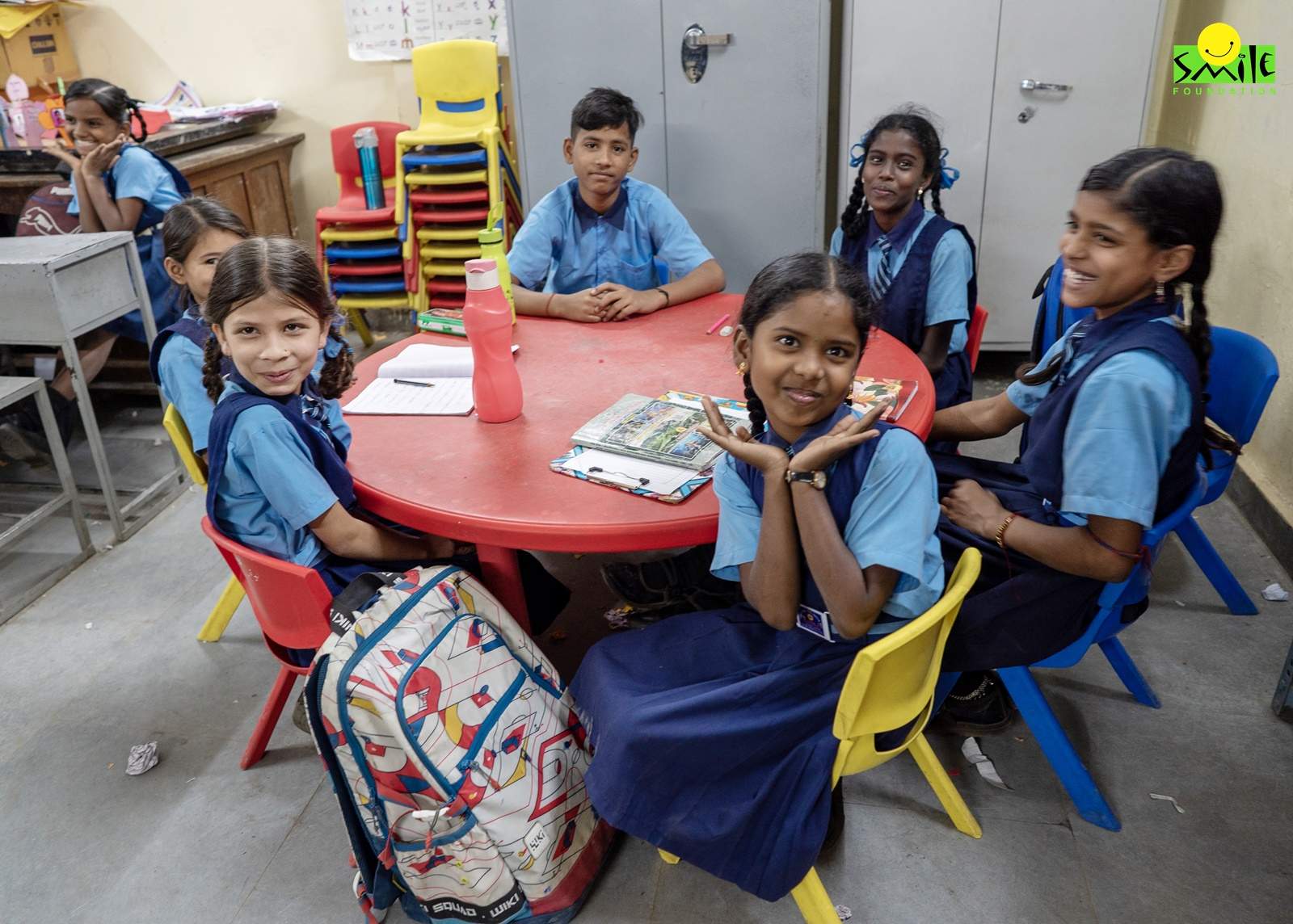Over the past three years, a staggering 35% of such conferences featured only male speakers, as revealed in a recent preprint posted on the bioRxiv server. The under-representation of women in STEM is particularly glaring in the conference circuit, indicating a systemic issue that extends beyond the gender gap in academic faculty.
The study, conducted by neuroscientist Shruti Muralidhar and cell biologist Vaishnavi Ananthanarayanan, uncovered that, on average, women constitute a mere 16.7% of STEM faculty across 98 Indian universities and institutes. Notably, biology exhibits the highest representation of women at 22.5%, while engineering languishes at a mere 8.3%. To put this in perspective, top-ranking global universities in the social sciences and public health boast a considerably higher proportion of women faculty, ranging from 33% to 54%.
Are Elite Institutions in India Doing Better?
This gender disparity is even more pronounced in Indian elite institutions, where the eight highest-ranked institutions have fewer female faculty members than the average, with a median of around 10%. The reasons behind this under-representation are multifaceted and complex.
Contrary to assumptions, the low representation of women in faculty positions is not due to a lack of interest or competence among girls in secondary schools, where girls often outnumber and outperform boys in STEM subjects. Even at the undergraduate and postgraduate levels, women are well-represented. However, societal pressures, particularly related to starting families, draw many women away from STEM careers. A lack of support and a sometimes-hostile work culture exacerbate the challenges faced by women in academia.
What about our Progress with SDG5 Goal of Gender Equality?
Ensuring gender equality remains a significant challenge as we approach the 2030 deadline for Sustainable Development Goal 5. Current indicators reveal a concerning status, with only 15.4% of tracked Goal 5 indicators on track, 61.5% at a moderate distance, and 23.1% far from reaching 2030 targets. Progress in critical areas is slow, requiring substantial efforts to meet targets.
In political representation, the global share of women in national parliaments slightly improved to 26.5%, indicating a mere 0.5-point average annual increase. At the local level, women hold 35.5% of seats, showcasing progress from 2020 but still requiring over three decades to close the gender gap. Legislated gender quotas prove effective, yielding an average of 30.9% women’s representation in countries with quotas compared to 21.2% without.
Despite women constituting nearly 40% of total employment globally, their representation in management positions lags at 28.2%. The slow progress indicates a 1.0-percentage-point increase since 2015, projecting over 140 years to achieve gender parity in managerial roles. Regions like Western Asia and Central and Southern Asia exhibit the lowest shares of women in management, approximately 15%.
Decisions regarding sexual and reproductive health rights reveal disparities, with only 56% of married women aged 15 to 49 having decision-making power. Supportive laws exist in 76% of countries, but barriers persist, hindering access to sexual and reproductive health care, information, and education.
Efforts to end child marriage have seen progress, with one in five young women married before 18, down from one in four 25 years ago. Yet, challenges persist in sub-Saharan Africa, requiring at least 300 years to end child marriage globally.
Discriminatory laws and gaps in legal protection pose challenges, with 55% of countries lacking laws against discrimination, 60% lacking consent-based rape definitions, and 45% failing to mandate equal remuneration for equal work. Closing these gaps may take up to 286 years based on the current rate of change.
The COVID-19 pandemic, conflicts, and climate change threaten to hinder progress, with an additional 10 million girls projected to become child brides by 2030 due to pandemic impacts alone.
Ensuring the land rights of women remains a concern, with data from 46 countries indicating insufficient ownership and tenure rights. While positive examples exist, stronger protection and enforcement are needed.
Mobile phone ownership, a potential tool for women’s empowerment, faces gender parity challenges, with women 12% less likely to own mobile phones globally. Gender gaps are particularly pronounced in Central and Southern Asia and sub-Saharan Africa, emphasizing the need for targeted efforts to bridge these divides.
All this data combined with recent findings on women representation in STEM conferences in India suggest that the nation needs to ramp up its activities on the ground with equitable representation of girls and women everywhere.
Real STEM is an Inclusive One
The findings signal an urgent call to address deep-rooted biases and challenges that hinder the full and equal participation of women in STEM fields in India. Advocating for systemic changes, from academic policies to conference organizing practices, is imperative to build a more inclusive and representative STEM community.
Smile Foundation is implementing the innovative NXplorers programme of Shell, extending its advantages to students in government schools in rural and hard-to-reach areas of Telangana. This initiative is not only focused on educating underserved students but also strives to raise awareness among parents, emphasizing the significance of STEM (Science, Technology, Engineering, and Mathematics) education, particularly for girls.
In collaboration with the educational authorities of the state government, the programme ensures active participation not only from students and teachers but also from parents and communities. This inclusive approach is aimed at fostering sustainability over the long term.
Specifically tailored for children aged 10-12 years, the NXplorers Juniors programme is set to train and nurture young minds. Through engaging ‘NXplorers Junior Workshops,’ the programme aims to highlight the importance of water conservation, enhance food production methods, and advocate for energy conservation. The project aspires to impact 25,000 school children in the states of Andhra Pradesh, Kerala, and Telangana during the initial year of the Nxplorers programme.



